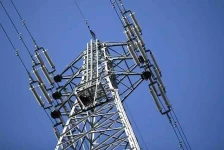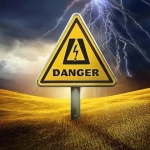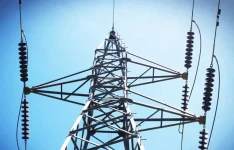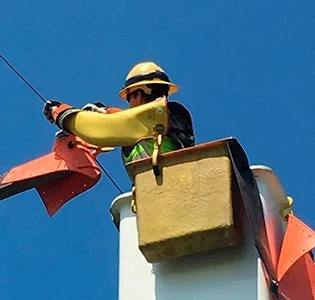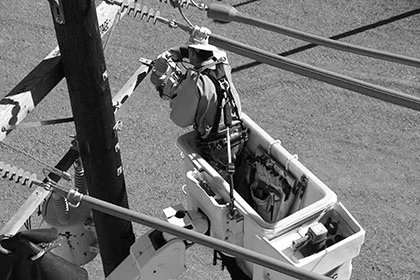
DOE Boosts Community-Led Geothermal Projects
In December 2024, the U.S. Department of Energy (DOE) announced funding to support community-led geothermal projects, aiming to enhance local energy resilience and promote equitable access to renewable energy. This initiative underscores the DOE's commitment to empowering communities in the transition to clean energy.
Project Overview
The DOE's funding focuses on two community-based geothermal pilot projects, each led by equity-focused nonprofit organizations. These projects have advanced to the second phase of funding through the DOE's...


